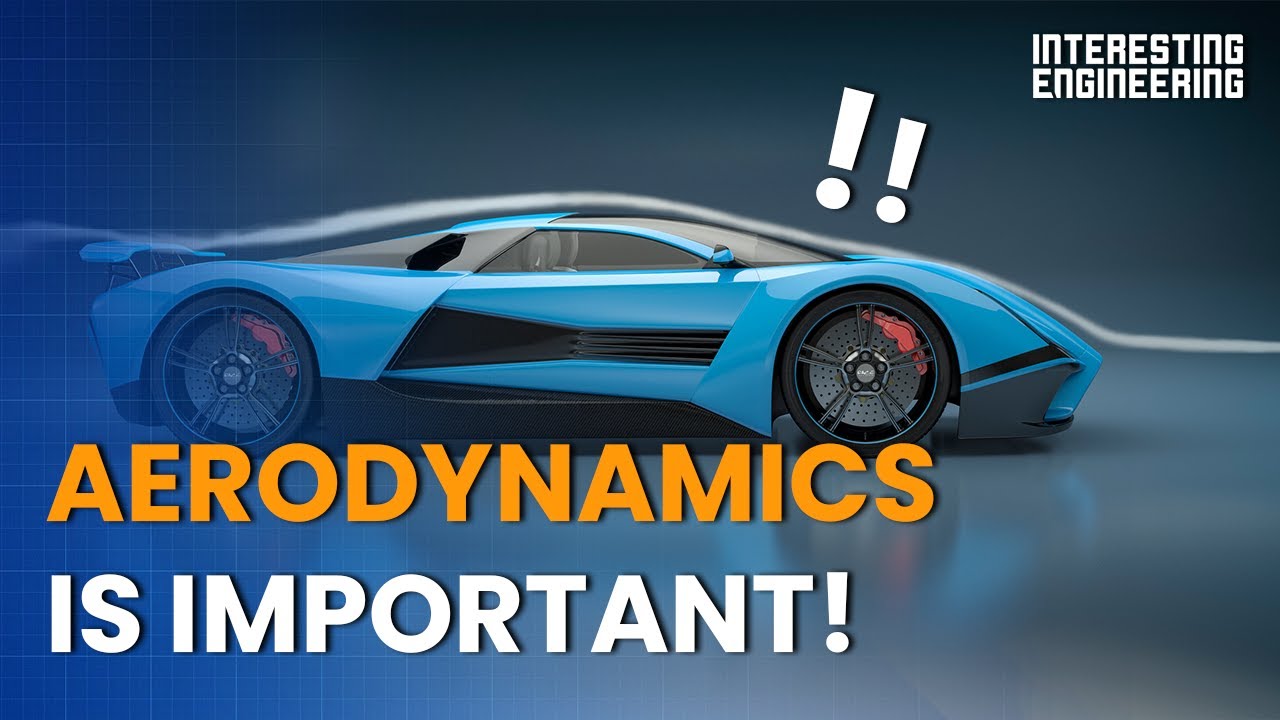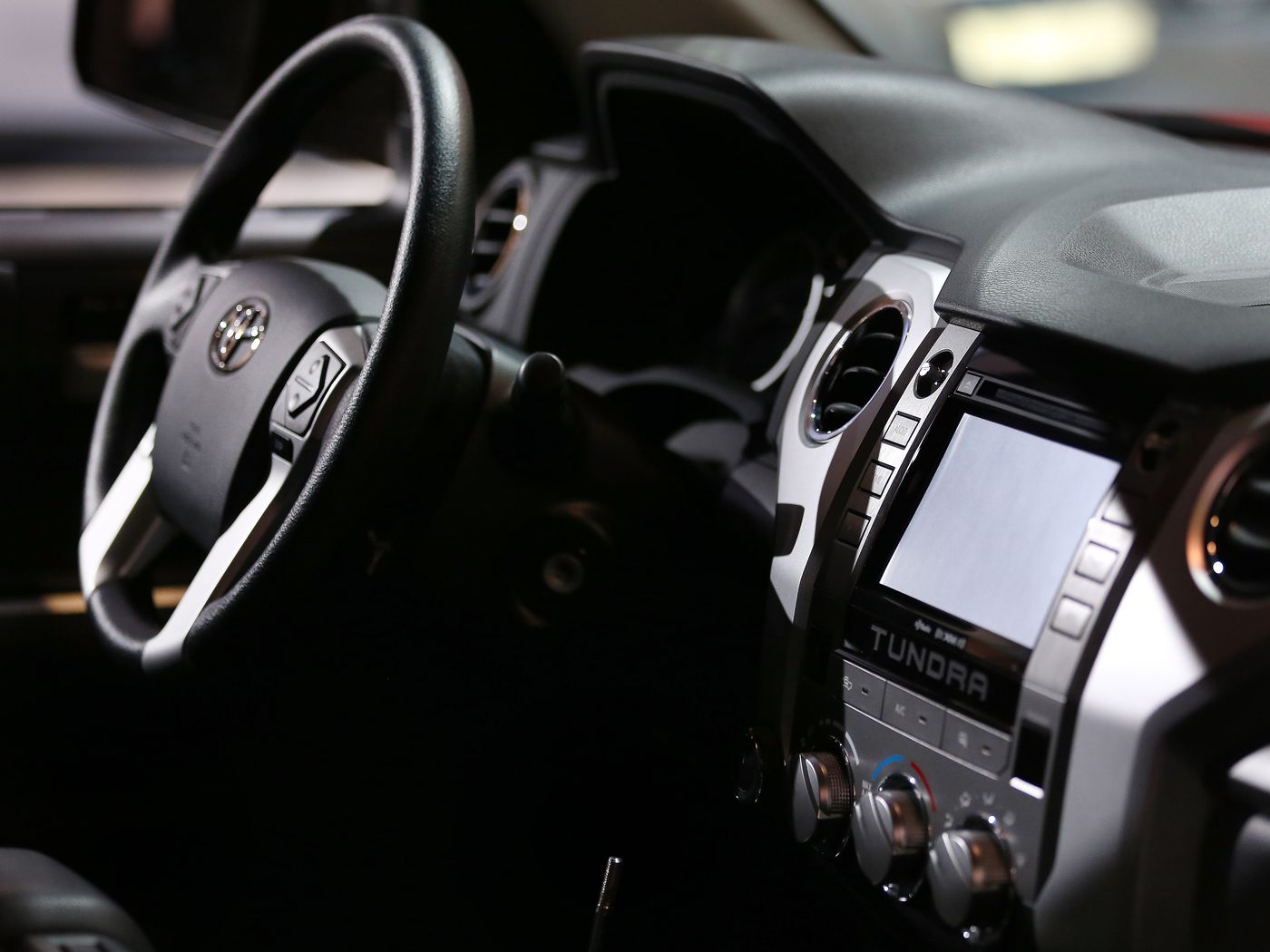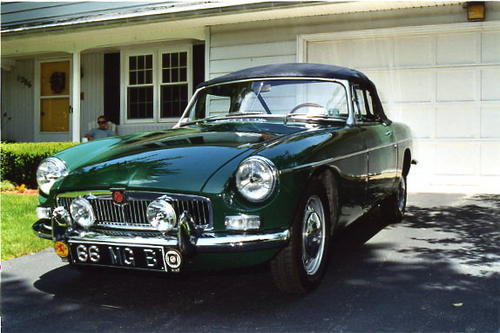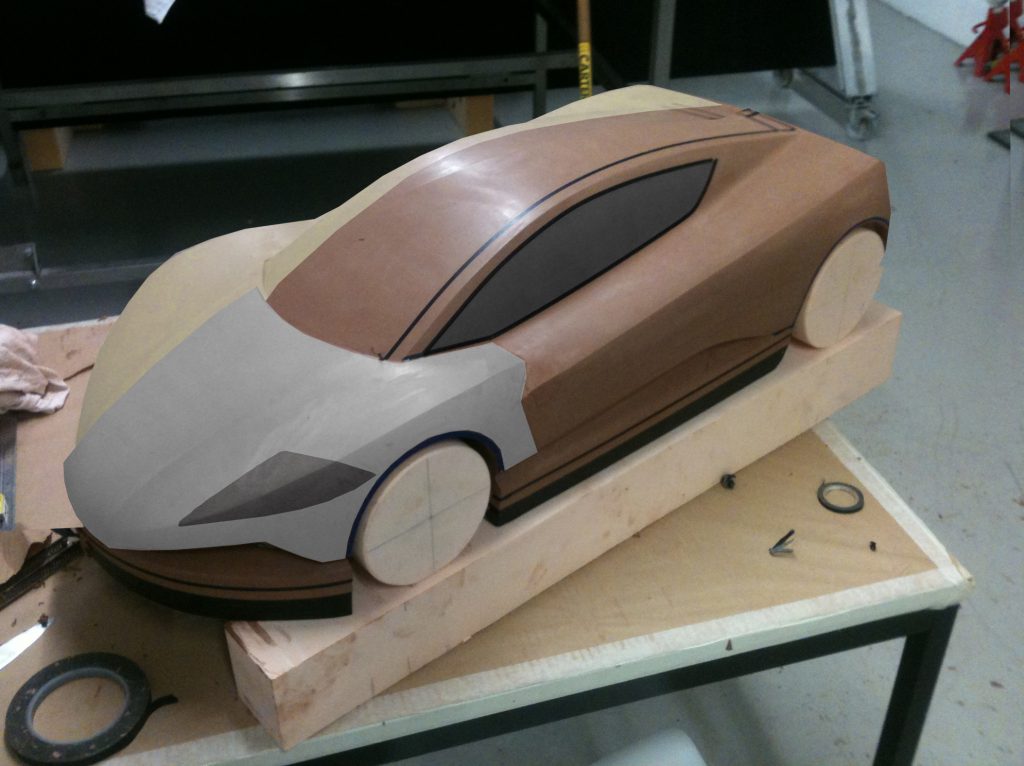The Basics of Aerodynamics in Car Design
Before delving into the intricacies, let’s start with the fundamentals of aerodynamics. In simple terms, aerodynamics is the study of how air interacts with solid objects, and it plays a pivotal role in car design. When a car moves through the air, it experiences various forces, primarily drag and lift, which can significantly impact its performance.
Drag: The Resistance to Motion
Imagine sticking your hand out of a car window while it’s moving. You’ll feel the force of air pushing against your hand, making it difficult to keep it steady. This force is known as drag, and it’s a critical factor that car designers strive to minimize. High levels of drag can reduce fuel efficiency and limit a car’s top speed.
To combat drag, engineers employ various strategies. They design streamlined shapes, reduce the number of sharp edges, and incorporate features like spoilers and diffusers to optimize airflow around the car. This not only improves fuel efficiency but also enhances stability at high speeds.
Lift: The Unwanted Force
While airplanes rely on lift to take off, it’s not something you want in a car. Lift can make a vehicle feel unstable, particularly at high speeds. It occurs when the shape of the car creates an upward force due to differences in air pressure between the top and bottom surfaces.
Car designers work diligently to reduce lift by creating balanced aerodynamic profiles. This involves shaping the underside of the car to generate downforce, which pushes the vehicle toward the road and increases traction. Rear spoilers and wings are commonly used to achieve this, providing better control and stability, especially in sports cars and racing vehicles.
The Role of Wind Tunnel Testing
To achieve optimal aerodynamics, car designers turn to a crucial tool: the wind tunnel. A wind tunnel is a controlled environment where engineers can replicate the effects of airflow on a vehicle. It allows them to measure drag, lift, and other aerodynamic properties accurately.
During wind tunnel testing, a scale model or a full-scale prototype of the car is placed in the tunnel, and air is blown over it at various speeds. Sensors collect data on how the air behaves around the car, enabling designers to fine-tune its shape for maximum performance. This iterative process can lead to significant improvements in fuel efficiency, handling, and top speed.
Aerodynamics in High-Performance Cars
When it comes to high-performance cars like sports cars and supercars, aerodynamics takes center stage. These vehicles are designed to push the limits of speed and handling, and every aerodynamic element plays a critical role.
Ground Effects: High-performance cars often incorporate ground effects to enhance aerodynamics. Ground effects involve creating a low-pressure area beneath the car, effectively “sucking” it onto the road. This increases downforce, improves grip, and allows for higher speeds through corners.
Active Aerodynamics: Some modern sports cars feature active aerodynamic components that can adjust their position based on driving conditions. For example, a rear spoiler may automatically extend at high speeds to increase downforce and retract at lower speeds for better fuel efficiency.
Materials: Lightweight materials like carbon fiber are used extensively in high-performance car construction. They not only reduce overall weight but also allow for more intricate and aerodynamically efficient designs.
Aerodynamics in Everyday Cars
While high-performance cars often steal the spotlight, aerodynamics also play a crucial role in everyday vehicles. Manufacturers aim to improve fuel efficiency and reduce emissions, which can be achieved through thoughtful design.
Shape and Grille Design: Everyday cars are designed with an emphasis on reducing drag. Sleek, rounded shapes and carefully sculpted grilles help cars cut through the air more efficiently, resulting in better fuel economy.
Underbody Covers: Many modern cars feature underbody covers that smooth out the airflow beneath the vehicle, reducing turbulence and drag. This simple addition can lead to significant improvements in efficiency.
Side Mirrors: Even side mirrors are not exempt from aerodynamic considerations. Some car models now have streamlined, smaller mirrors to reduce drag and wind noise.
The Future of Aerodynamics in Car Design
As automotive technology continues to advance, so does the science of aerodynamics in car design. The quest for higher fuel efficiency and lower emissions is driving innovation in materials, shape optimization, and even autonomous driving technology.
Electric Vehicles (EVs): Electric vehicles, with their quiet electric motors, are particularly sensitive to aerodynamic efficiency. Automakers are investing heavily in aerodynamic research to extend the range of EVs and maximize their efficiency.
Autonomous Vehicles: Self-driving cars are also benefitting from improved aerodynamics. These vehicles can make real-time adjustments to their shape and features to optimize efficiency based on driving conditions.
Sustainability: With an increasing focus on sustainability, car manufacturers are exploring innovative materials and design strategies that not only improve aerodynamics but also reduce the environmental impact of production and operation.
In conclusion, the science of aerodynamics in car design is a fascinating field that blends engineering, physics, and artistry. Whether you’re driving a high-performance sports car or a daily commuter, the principles of aerodynamics are at work, influencing everything from fuel efficiency to handling. As technology continues to advance, we can expect even more innovative and efficient designs on the road, shaping the future of automotive transportation.






